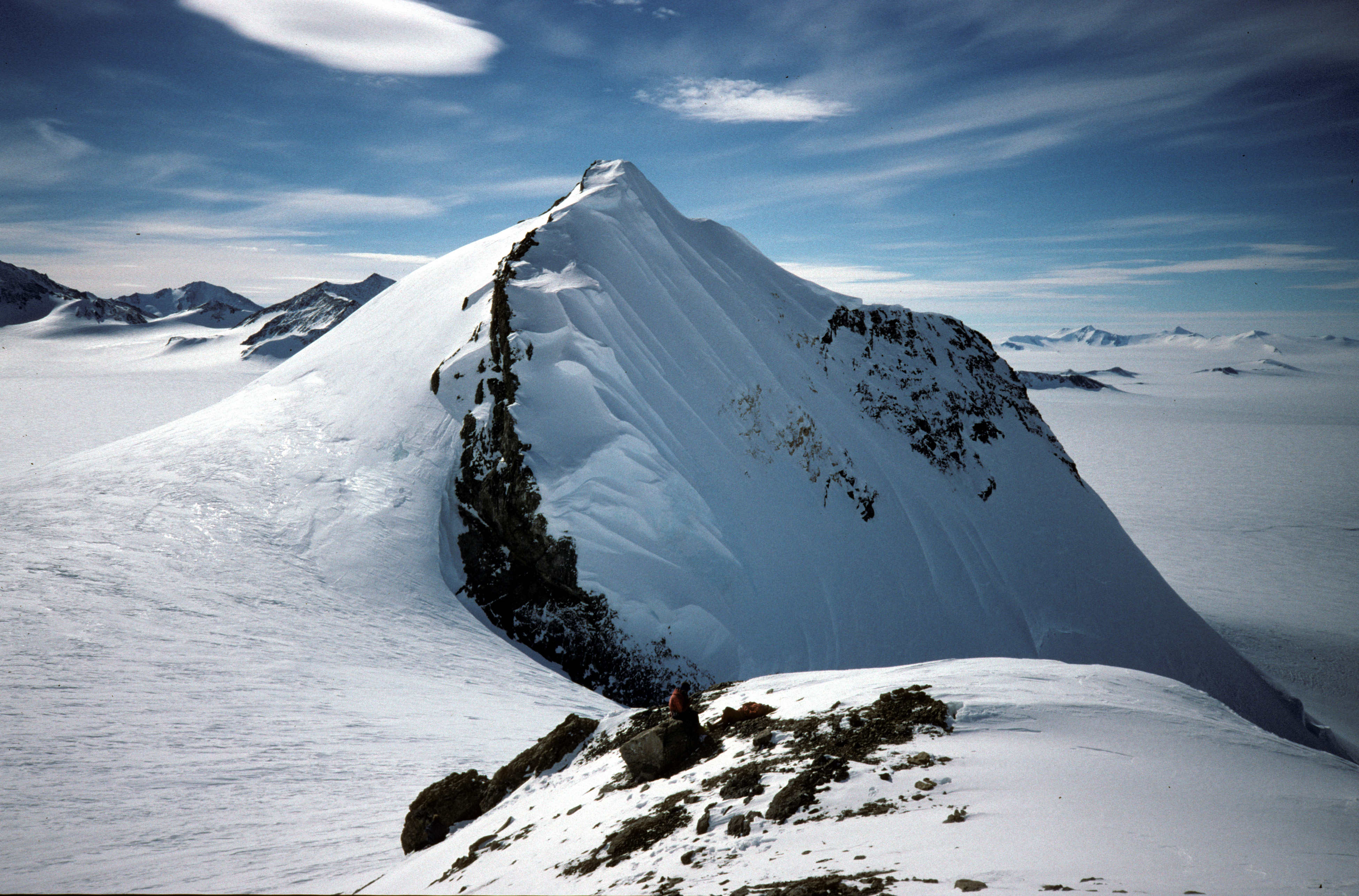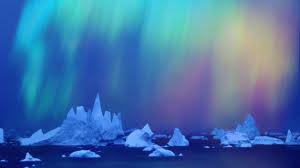Ice Lab highlights the diverse and cutting edge science that takes place on the frozen continent: from collecting 4.5 billion year old meteorites that illuminate how the solar system was formed to drilling ice cores whose bubbles of ancient air reveal the earth’s climate history; from cutting edge astronomy among the world’s clearest skies to studying its Dry Valleys – the closest thing to ‘Mars on Earth’. Below are some fascinating facts about Antarctica included in the exhibition:
• Meteorites are fragments of the solar system and are 4.56 billion years old. Occasionally, after floating between the orbits of Mars and Jupiter, they come within the earth’s gravitation field and crash onto its surface. While they can fall anywhere on earth, those that land in Antarctica are better preserved and easier to spot than anywhere else.
• Until the mid-1990s it was believed that the Antarctic ice sheet sat directly on the rocky continent. We now know, with the discovery of over 350 sub-glacial lakes, that water is often present too. The biggest of these is Lake Vostok. In March 2013 Russian scientists found evidence of ‘unidentified organisms’, but it was soon determined that these curious life forms were actually lab-induced contaminants.
• The Aurora Australis, or Southern Lights, result from the interaction of electrically charged particles from space with the earth’s magnetic field. The phenomenon has generated legends and beliefs for thousands of years, for instance Aboriginal Australians interpreted them as a feast of fires of the Oola- pikka, who were ghostly spirits that spoke to human elders through these auroral flames.
• Antarctica is the closest analogue to Mars on Earth, since its extremely cold and dry environment is similar to that of the red planet. The region is used to develop and test a wide range of technologies that support Mars exploration, and to host studies on the effect of extreme environments on human physiology and psychology.
• Scientists in Antarctica frequently observe whistlers, which are very low frequency (VLG) electromagnetic waves generated by lightning strikes that have travelled through space. They can be heard many thousands of miles from the initiating lighting stroke, which could be as far away as North America. Using specialist equipment, these are caught and converted into sound, which then helps scientists understand atmosphere and gravitational fields.
• In December 2012 a previously unknown colony of around 9,000 emperor penguins received its first human visitors: team members from Princess Elisabeth Research Station. The colony’s location had been discovered a few years previously by the British Antarctic Survey using Very High Resolution satellites, which enabled scientists to conduct a comprehensive census of the species.
• Celebrating Midwinter’s Day is a special tradition for all residents in Antarctica, involving an array of good food and fine wines, and, due to the lack of gift shops in the environs, the exchange of homemade presents – such as hand crafted salt and pepper cellars – using materials and resources available at the station.
• Ice cores provide a unique chronological archive of past Palaeolithic weather patterns and atmospheric conditions; and data from these cores can be decoded through chemical and physical analysis. This information is vital to understanding the changes in climate patterns, and has shown that while the concentration of CO2 in the last millennium has been relatively stable, since the early 19th century it has increased by nearly 40%.
• Antarctica, with its dry, clear skies, stable atmosphere and months of complete darkness, is one of the best places in the world to observe galaxies. The largest telescope in Antarctica is the South Pole Telescope and was built to answer fundamental questions about the universe. It has been used to explore the possible existence of dark matter and to hunt for galaxy clusters that could reveal more about dark energy – a phenomenon that is believed to cause the universe to accelerate. Since the telescope was built in 2007 scientists have identified over 200 previously unseen galaxy clusters.









